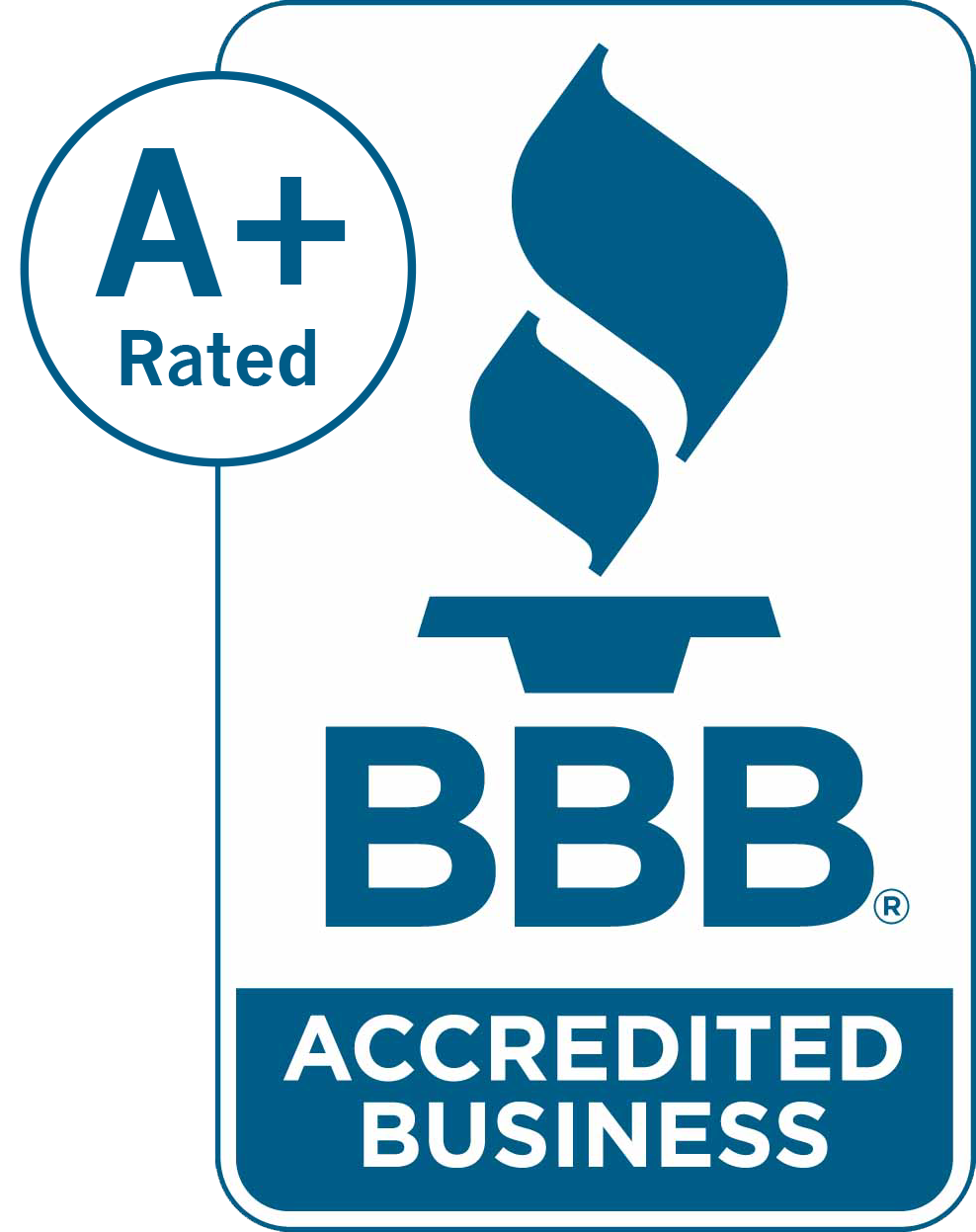CA Probate Limit: Guide to California Probate Limits & Small Estate Procedures

Understanding the California Probate Threshold
When a person dies in California, their assets may need to go through probate—a legal process that validates the deceased person’s will and distributes their assets from the decedent’s estate to intended beneficiaries. However, California law provides several ways to bypass probate for smaller estates, saving time, money, and hassle for surviving family members.
The CA probate limit determines which estates can use simplified procedures instead of formal probate. Understanding these thresholds can help families navigate the process more efficiently after losing a loved one.
What Is the Current Probate Threshold in California?
As of 2025, California allows estates valued at $184,500 or less to avoid formal probate through simplified procedures. This threshold applies to the total value of assets subject to probate—not necessarily all assets the deceased owned. Starting April 1, 2025, the small estate exemption under California law is set to increase to $200,000, further easing the probate process for more families.
It’s important to understand that many assets transfer automatically outside of probate regardless of their value. The probate threshold only matters for assets that would otherwise require court supervision.
Assets Subject to Probate vs. Non-Probate Assets

Assets That Typically Require Probate
The following assets are generally subject to probate in California if they exceed the threshold:
- Real property (houses, land, certain mobile homes) solely owned by the deceased
- Personal property and possessions without beneficiary designations
- Bank accounts without payable-on-death designations
- Investments without transfer-on-death designations
- Business interests without succession plans
- Assets held solely in the decedent’s name within the decedent’s estate
Assets That Bypass Probate Automatically
Many assets transfer to new owners without court involvement, regardless of their value:
- Jointly owned property with right of survivorship passes automatically to the surviving owner
- Community property with right of survivorship transfers to the surviving spouse
- Life insurance policies with named beneficiaries pay directly to those beneficiaries
- Retirement accounts (401(k)s, IRAs) with designated beneficiaries
- Pay-on-death accounts at financial institutions
- Transfer-on-death securities or vehicle registrations
- Living trust assets (property placed in a trust before death)
- Retirement benefits with beneficiary designations
When calculating whether an estate meets the CA probate limit, you only consider assets that don’t have these automatic transfer mechanisms.
Small Estate Procedures in California

California offers several simplified procedures for estates below the $184,500 threshold:
Small Estate Affidavit Process (Probate Code §13100)
For estates valued at $184,500 or less, heirs can often collect the decedent’s assets without any court hearing by using a small estate affidavit. This process:
- Requires waiting 40 days after the decedent’s death
- Needs a notarized affidavit stating legal right to the property
- Must include a copy of the death certificate
- Applies to personal property only (not real property)
The affidavit is presented directly to the holder of the asset (bank, investment company, etc.) rather than to the probate court.
Simplified Procedure for Real Property (Probate Code §13200)
For real property with a fair market value under the threshold, heirs can file:
- A Petition to Determine Succession to Real Property
- Inventory and appraisal of the real property
- Copy of the death certificate
A primary residence valued at under $750,000 can bypass probate and be transferred to beneficiaries, even if the total estate exceeds the threshold.
For real property with a fair market value under the threshold, heirs can file:
- A Petition to Determine Succession to Real Property
- Inventory and appraisal of the real property
- Copy of the death certificate
This simplified court procedure is much faster than formal probate but still requires filing documents with the probate court.
Spousal Property Petition (Probate Code §13500)
When the decedent’s estate consists primarily of community property passing to a surviving spouse or domestic partner, a spousal property petition offers a streamlined process to:
- Confirm the surviving spouse’s ownership of community property
- Transfer the decedent’s separate property to the spouse
- Complete the process with minimal court involvement
This procedure can be used regardless of the estate’s value when property is passing to a spouse or domestic partner.
How to Calculate Estate Value for Probate Purposes

Determining whether an estate qualifies for the simplified procedures requires calculating the fair market value of assets subject to probate. The estate value is calculated at the time of death to determine if probate is necessary.
Included in Valuation:
- Real and personal property located in California
- Solely-owned bank accounts without beneficiary designations
- Vehicles titled only in the decedent’s name
- Business interests without succession arrangements
- Other assets subject to probate
The valuation process ensures that the fair market value of assets within the decedent’s estate is accurately determined for probate purposes.
Excluded from Valuation:
- Assets with named beneficiaries (life insurance, retirement accounts)
- Jointly owned property with right of survivorship
- Community property with right of survivorship
- Assets held in a living trust
- Real property outside California
- Debts owed by the deceased (these are not subtracted)
The valuation uses fair market value as of the date of death, not the purchase price or assessed value.
Strategies to Avoid Probate in California

Many Californians take proactive steps during their lifetime to ensure their estates avoid formal probate after their death:
1. Create a Living Trust
A revocable living trust is perhaps the most comprehensive way to avoid probate for estates of all sizes. With this arrangement:
- Assets are transferred into the trust during the person’s lifetime
- The person maintains control as trustee while alive
- Upon death, a successor trustee distributes assets according to trust instructions
- No court involvement is needed regardless of estate size
Living trusts allow individuals to avoid probate for virtually any asset they own.
- Assets are transferred into the trust during the person’s lifetime
- The person maintains control as trustee while alive
- Upon death, a successor trustee distributes assets according to trust instructions
- No court involvement is needed regardless of estate size
Unlike wills, living trusts aren’t subject to probate and provide privacy since they don’t become public record.
2. Use Joint Tenancy Ownership
Holding property as joint tenants with right of survivorship means:
- When one joint tenant dies, their interest automatically passes to the surviving joint tenant
- No probate is needed for this transfer
- A simple death certificate is usually sufficient documentation
This works well for real property, bank accounts, and other assets that can be jointly titled.
3. Add Transfer-on-Death Designations
Many assets can include beneficiary designations:
- Bank accounts can be set up as “payable on death” (POD)
- Investment accounts can have “transfer on death” (TOD) designations
- Vehicle registrations in California can include a TOD beneficiary
- Real property can have a TOD deed (though these have specific requirements)
These designations override a will and allow assets to transfer without probate.
4. Utilize Community Property Laws
For married couples or registered domestic partners:
- Community property with right of survivorship automatically transfers to the surviving spouse
- A spousal property petition can simplify the transfer of separate property
- Life insurance and retirement benefits with the spouse named as beneficiary transfer directly
California’s community property laws can significantly simplify estate transfers between spouses. These laws can also impact the administration of the decedent’s estate, allowing beneficiaries to bypass probate under certain conditions and facilitate the transfer of property without formal judicial proceedings.
Special Considerations for Different Asset Types

Real Property Transfers
Real property (houses, land, condos, certain mobile homes) requires special attention:
- Deeds must be properly recorded with the county
- Transfer-on-death deeds must meet specific legal requirements
- For property worth less than the threshold, a simplified court procedure is available
- Joint tenancy or community property with right of survivorship avoids probate entirely
After the decedent’s death, a new deed or affidavit of death of joint tenant must be recorded to clear title.
Bank Accounts and Financial Assets
Financial accounts offer several probate-avoidance options:
- POD/TOD designations allow direct transfer to beneficiaries
- Joint accounts with right of survivorship pass to surviving owners
- Accounts under the threshold can be claimed via small estate affidavit
- Accounts held in trust bypass probate completely
The financial institution typically requires a death certificate and, if using the small estate affidavit process, a properly executed affidavit.
Life Insurance and Retirement Benefits
These assets almost always bypass probate:
- Life insurance pays directly to named beneficiaries
- Retirement accounts transfer to designated beneficiaries
- The insurance company or account administrator handles the transfer
- Only requires submission of a death certificate and claim forms
If no beneficiary is named, or if the estate is named as beneficiary, these assets may become subject to probate.
Costs and Fees: Probate vs. Small Estate Procedures

One of the primary motivations for avoiding probate is cost savings:
Formal Probate Costs in California
Formal probate expenses typically include:
- Statutory attorney fees based on estate value (4% of the first $100,000, 3% of the next $100,000, etc.)
- Executor fees (equal to attorney fees unless waived)
- Court filing fees ($435+ to open probate)
- Publication costs for legal notices
- Appraisal fees for assets
- Miscellaneous court costs
A modest $500,000 estate might incur $26,000 in combined legal fees and executor fees alone.
Related Terms: access assets, transfer ownership, deceased’s assets, transfer agent personal representative
Small Estate Procedure Costs
Simplified procedures are much more economical:
- Small estate affidavit: Notary fee ($15-20)
- Succession petition filing fee ($435)
- Optional attorney assistance (typically flat fee of $1,000-3,000)
- Recording fees for real property transfers ($20-50)
The difference can amount to thousands or even tens of thousands of dollars.
Timeline Comparison: Probate vs. Small Estate Procedures

Formal Probate Timeline
The probate process in California is notoriously time-consuming:
- Minimum 7-9 months by law
- Typically 1-2 years in practice
- Complex estates can take several years
- Court backlog can cause additional delays
During this time, assets remain in limbo, and beneficiaries must wait.
Small Estate Procedure Timeline
Simplified procedures offer dramatic time savings:
- Small estate affidavit: Access to assets within days of submitting documents (after 40-day waiting period)
- Real property succession petition: Typically 2-4 months
- Spousal property petition: Usually 1-3 months
This efficiency allows families to settle affairs and move forward much more quickly.
Common Questions About California Probate Limits
What happens if someone dies without a will in California?
When a person dies without a will (intestate succession), California law determines who inherits their assets. The probate threshold and simplified procedures still apply, but the court follows statutory rules for distribution rather than the deceased’s wishes.
Can the $184,500 limit be increased by excluding certain assets?
Yes, by properly structuring asset ownership during life (using trusts, joint tenancy, beneficiary designations, etc.), you can significantly reduce the value of assets subject to probate, potentially bringing the estate under the threshold.
What if the estate includes both real and personal property?
The $184,500 limit applies to the combined value of real and personal property subject to probate. If the total exceeds the threshold, formal probate is typically required unless the property passes to a surviving spouse. However, estates valued at $20,000 or less can be set aside by the spouse or minor children without a full probate proceeding.
Do debts get subtracted when calculating the estate value?
No, the probate threshold calculation uses gross value of assets, not net value after debts. However, whoever receives the assets through simplified procedures becomes responsible for the decedent’s debts up to the value of property received.
Can small estate procedures be used if the deceased owned real property?
Yes, but different rules apply. Personal property within the decedent’s estate can be transferred via the affidavit procedure, while real property requires filing a simplified petition with the court if the entire estate falls under the threshold.
Working with a Professional

While simplified procedures are designed to be accessible without legal assistance, many families still benefit from professional guidance:
When to Consider Hiring a Probate Lawyer
Consider professional help if:
- You’re unsure whether assets qualify for simplified procedures
- The estate includes complicated assets like business interests
- Family conflicts might arise over inheritance
- You’re unclear about which forms to file
- You need assistance calculating the total value of assets subject to probate
Other Professional Resources
Beyond attorneys, useful resources include:
- The probate court self-help center
- County recorder’s office for property transfers
- Financial institutions’ estate departments
- California Secretary of State for business interest transfers
- County assessor for property valuation questions
Conclusion: Planning to Avoid Probate

Understanding California’s probate limits and small estate procedures allows families to navigate asset transfers more efficiently after a loved one’s death. However, the best approach is proactive planning during life to ensure as many assets as possible transfer automatically to intended beneficiaries.
By utilizing living trusts, joint tenancy, beneficiary designations, and other strategies, Californians can structure their affairs to minimize or eliminate the need for court involvement after death. This foresight not only saves time and money but also reduces stress for loved ones during an already difficult time.
Whether you’re planning your own estate or handling a loved one’s affairs after death, knowing how the California probate threshold works and which assets can bypass probate altogether is essential knowledge for financial peace of mind.
Related Terms: domestic partner life insurance, probate laws, california probate code, mobile homes real property, transfer property, California property, deceased person’s assets, california property held
Overview: California Probate Limits & Small Estate Procedures
California’s probate process can be time-consuming and expensive, but the state offers several ways to bypass or simplify this legal procedure for smaller estates. This guide provides comprehensive information about California’s probate threshold and alternatives to formal probate.
Key Points:
- Current Threshold: California allows estates valued at $184,500 or less to use simplified procedures instead of formal probate.
- What Counts: Only assets subject to probate (those without automatic transfer mechanisms) count toward this threshold. Many assets—like jointly owned property, assets with beneficiary designations, and trust property—transfer automatically.
- Small Estate Options:
- Small estate affidavit process for personal property
- Simplified court procedure for real property
- Spousal property petition for transfers to surviving spouses
- Avoiding Probate: Strategic planning options include living trusts, joint tenancy ownership, transfer-on-death designations, and utilizing community property laws.
- Cost Comparison: Formal probate can cost tens of thousands of dollars in legal and executor fees, while simplified procedures typically cost a few hundred dollars.
- Timeline Benefits: While formal probate takes 1-2 years minimum, simplified procedures can be completed in days to a few months.
This guide helps Californians understand whether an estate qualifies for simplified procedures and outlines strategies to minimize court involvement, saving time, money, and stress during an already difficult period. Whether planning ahead or handling a loved one’s estate, knowing these options is essential for navigating California’s probate system efficiently.













